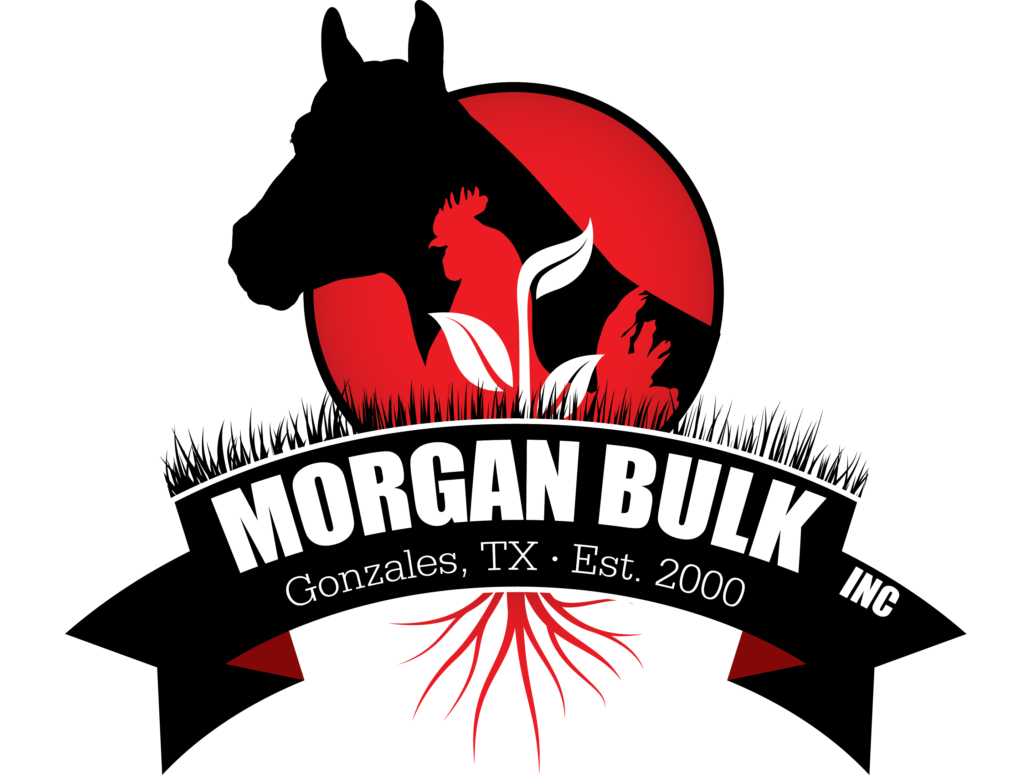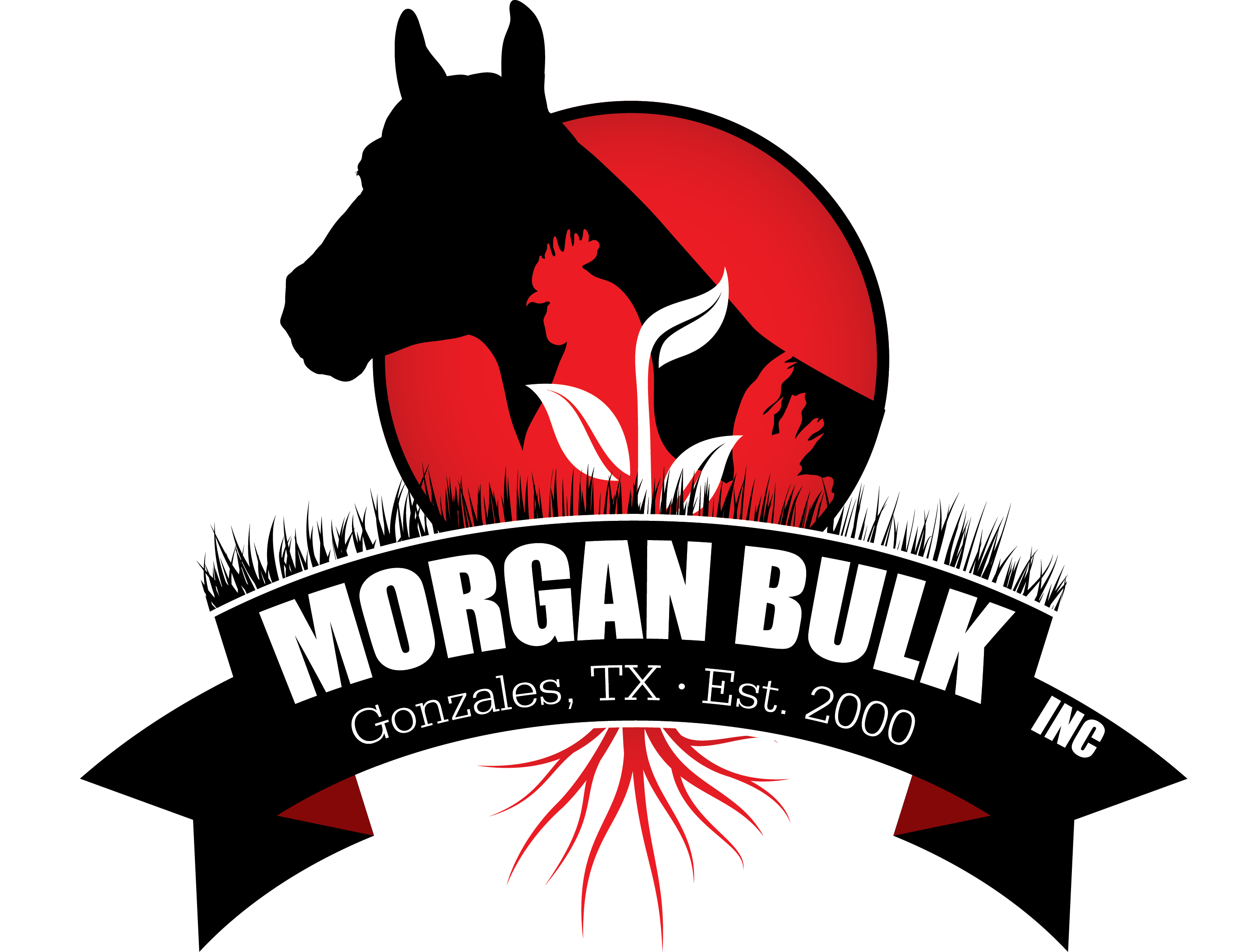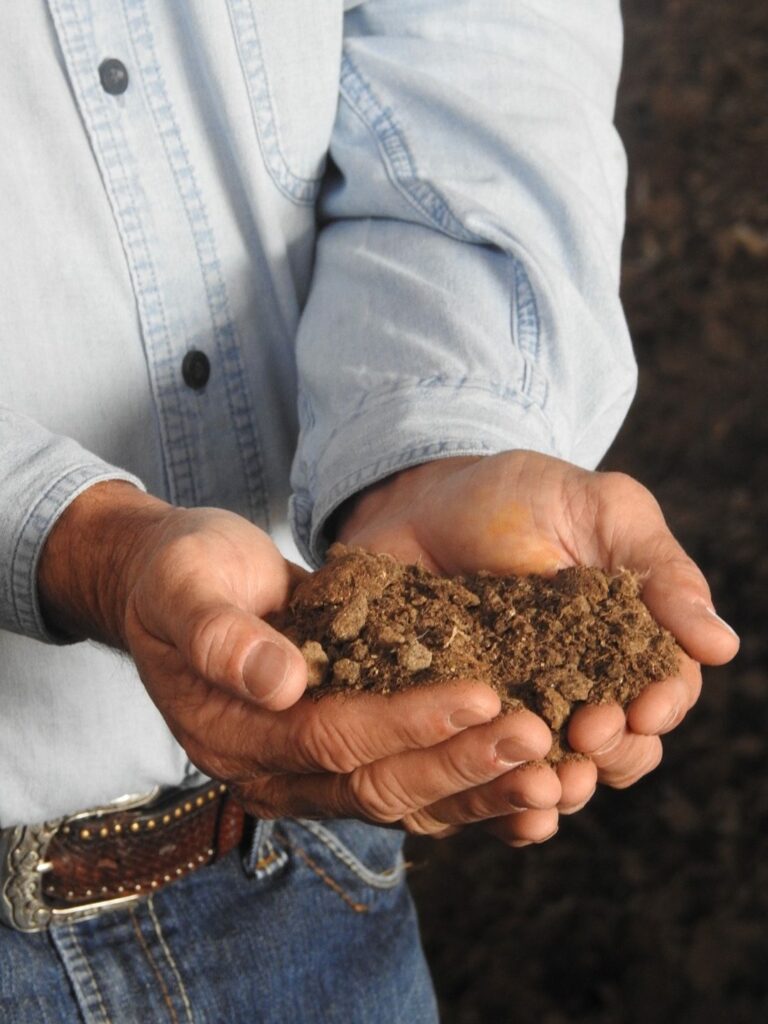Poultry Litter as Soil Amendment
Poultry litter is commonly used as a soil amendment on pastures and hay fields in Texas. As the poultry industry expands, more litter will be available and its use in this region is expected to increase. Poultry litter is a good source of many nutrients. In fact, it is much like a complete soil amendment containing not only primary nutrients but secondary and micro-nutrients (Table 1). The soil amendment equivalent is typically about 3-2-2 (N-P2O5- K2O); however, the actual nutrient content depends on the type of bird, what the birds are fed, the number of grow-outs before the house is cleaned out, the feed efficiency, and how the litter is stored and handled.
Nitrogen
Not all of the nutrients in poultry litter are immediately available for plants to use. Most of the nitrogen in poultry litter is in an organic form (about 89%), but poultry litter also contains ammonium (about 9%) and a small amount of nitrate (about 2%). The inorganic nitrogen (ammonium and nitrate) can be immediately used by plants. Organic nitrogen is not available to plants until it is converted to ammonium or nitrate by microorganisms in the soil. Because this is a biological process, the rate of conversion depends on soil moisture and temperature. The conversion takes place over time with the largest release of nitrogen shortly after application if the soil conditions are favorable, i.e. moist and warm (above 50oF). If conditions are extremely dry or cold, little or no nitrogen may be released. One advantage of poultry litter for pastures is that the slow conversion of organic to inorganic nitrogen distributes available nitrogen more evenly over the growing season. Because there is ammonium in poultry litter, some of the nitrogen can be lost to the atmosphere after the poultry litter is applied. This process is called volatilization. Hot, dry and windy conditions favor the loss of ammonium through volatilization. If poultry litter is applied during extended hot, dry and windy conditions, almost all the ammonium form of nitrogen in the litter can be lost.
Application of poultry litter before rain can help incorporate ammonium into the soil as the water infiltrates. However, litter application before large storms can cause a substantial loss of nutrients in surface runoff. Nitrogen can also be lost through leaching.
The nitrate form of nitrogen is mobile in the soil and can move below the root zone, particularly during the winter months when some forages are dormant and rainfall is high. Due to these processes, only about 50 percent of the nitrogen in a ton of poultry litter is available for plants to use during the growing season when it is applied. Most of the nitrogen not taken up by forages in the first season is either lost to the environment or stabilized as soil organic matter. Very little “carryover” of nitrogen from poultry litter can be expected the second year after application.


